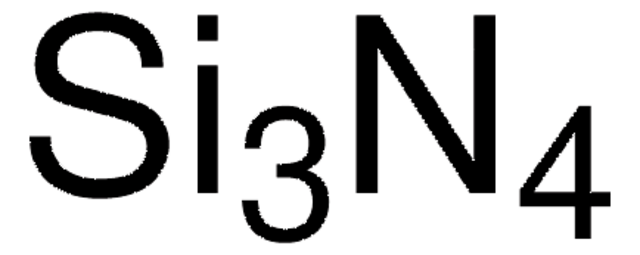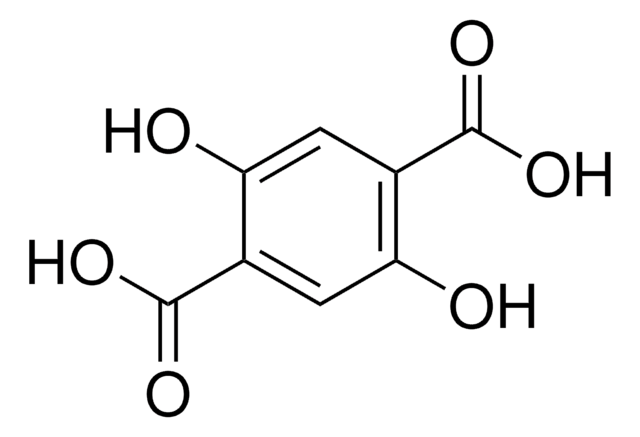636703
Silicon nitride
nanopowder, <50 nm particle size (spherical), ≥98.5% trace metals basis
About This Item
Recommended Products
Quality Level
Assay
≥98.5% trace metals basis
form
nanopowder
surface area
103-123 m2/g
particle size
<50 nm (spherical)
density
3.44 g/mL at 25 °C (lit.)
bulk density
0.046 g/mL
SMILES string
N12[Si]34N5[Si]16N3[Si]25N46
InChI
1S/N4Si3/c1-5-2-6(1)3(5)7(1,2)4(5)6
InChI key
HQVNEWCFYHHQES-UHFFFAOYSA-N
Looking for similar products? Visit Product Comparison Guide
Storage Class Code
11 - Combustible Solids
WGK
nwg
Flash Point(F)
Not applicable
Flash Point(C)
Not applicable
Personal Protective Equipment
Choose from one of the most recent versions:
Already Own This Product?
Find documentation for the products that you have recently purchased in the Document Library.
Customers Also Viewed
Protocols
-Cymene; Linalool; Menthol; α-Terpineol; Menthyl acetate
Cymene; 4,5,6,7-Tetrahydro-3,6-dimethylbenzofuran; Linalool; Menthol; Menthone; Menthyl acetate; Germacrene D; Bicyclogermacrene; Thymol
Our team of scientists has experience in all areas of research including Life Science, Material Science, Chemical Synthesis, Chromatography, Analytical and many others.
Contact Technical Service









